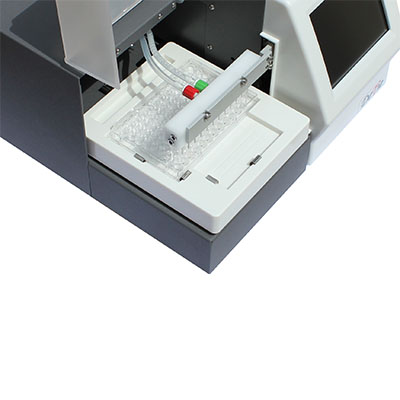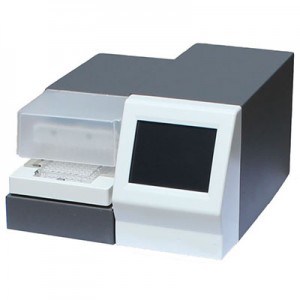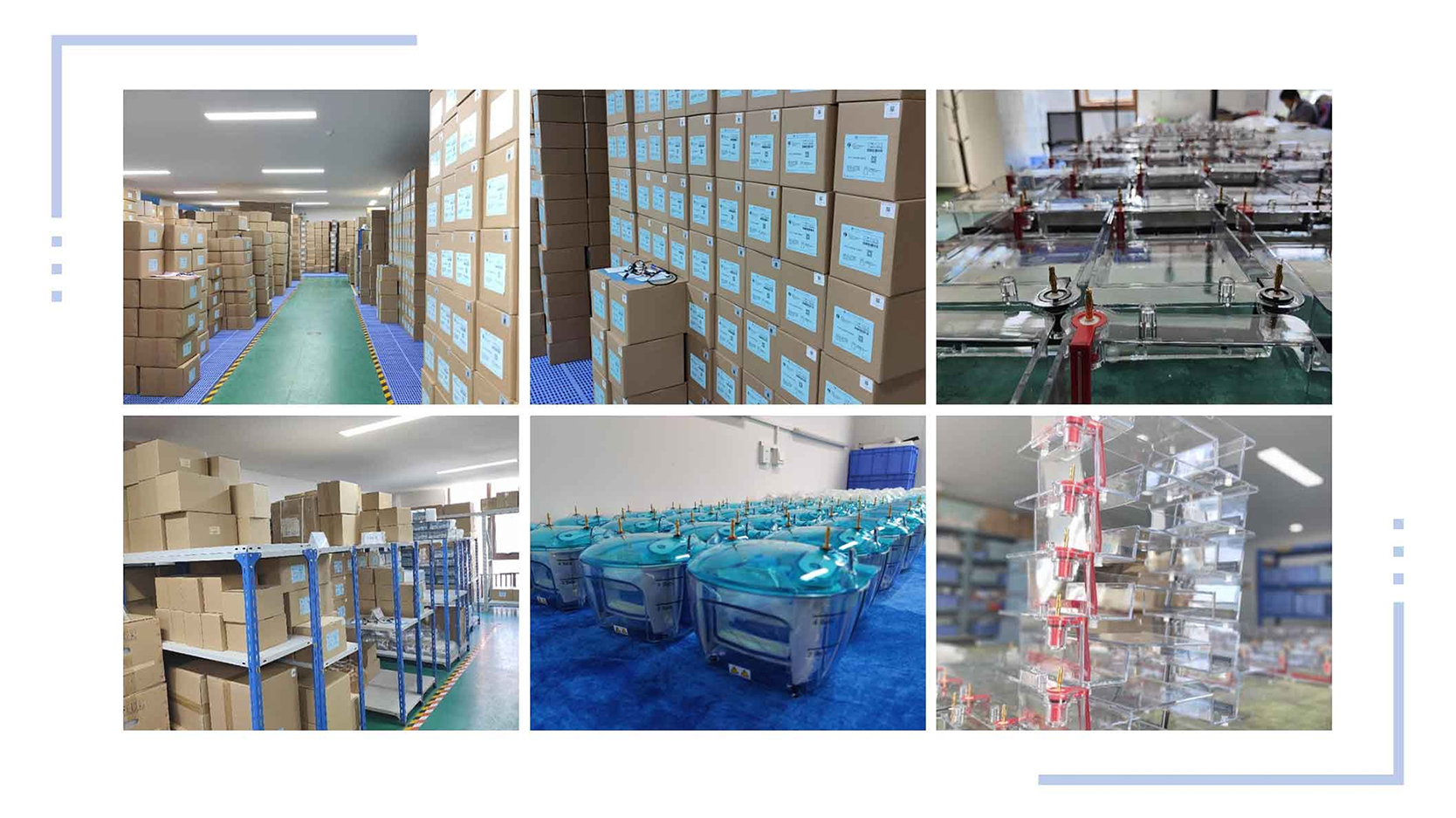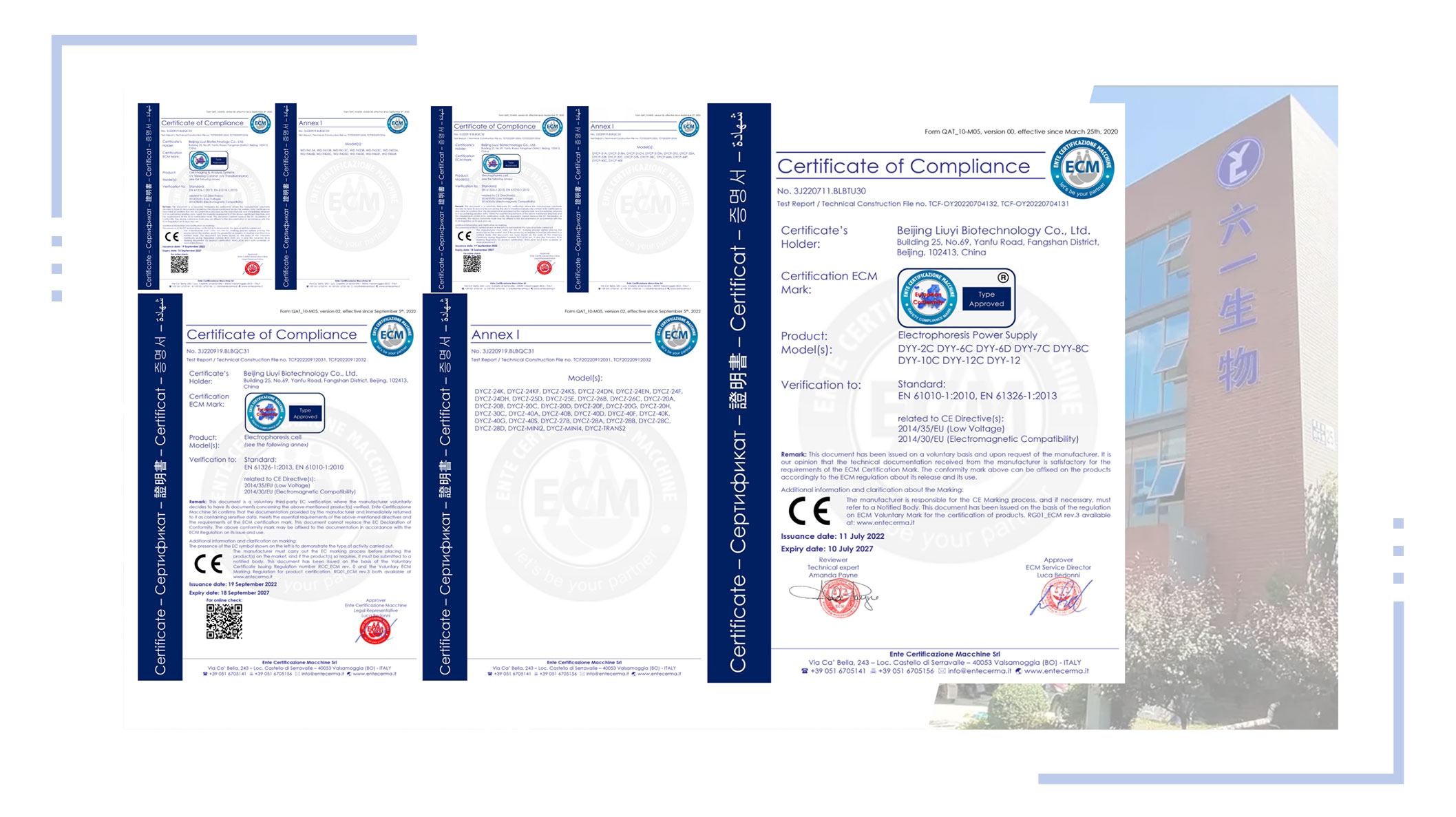Microplate Washer WD-2103B
Specifications
|
Dimension (LxWxH) |
380×330×218mm |
|
Washing head |
8/12 /Wash heads, can be dismantled and Washed |
|
Supported plate type |
standard flat bottom, V bottom, U bottom 96-hole Microplate, support arbitrary line washing settings |
|
Residual liquid quantity |
the average per hole is less than or equal to 1uL |
|
Washing Times |
0-99 times |
|
Washing lines |
1-12 line can be set arbitrarily |
|
Liquid injection |
0-99 can be set up |
|
Soaking time |
0-24 hours,Step 1 second |
|
Washing mode |
Design of advanced non positive negative pressure technology,With the center of washing, two points washing, prevent the bottom of the cup from being scratched. |
|
Program storage |
Support user programming、200 groups of washing program storage, preview, delete, call, support for changing. |
|
Vibration speed |
3 grade,time: 0 - 24 hours. |
|
Display |
5.6 inch color LCD screen, Touch screen input, Support 7*24 hours continuous boot, And has the non working period energy conservation management function. |
|
Bottle washing |
2000mL* 3 |
|
Power input |
AC100-240V 50-60Hz |
|
Weight |
9kg |
Application
This instrument can be widely used in the research laboratories, quality inspection offices and some other inspection areas such as agriculture & animal husbandry, feed enterprises and food companies.
Feature
• Industrial grade color LCD display, touch screen operation
• Three kinds of linear vibration plate function.
• Ultra long soak time design 、can serve multiple purposes
• Have a variety of Washing mode、Support user programming
• Extra Wide voltage input design、Global voltage application
• Up to 4 kinds of liquid channels can be selected. No need to replace reagent bottle.
FAQ
1.What is a microplate washer used for?
A microplate washer is used for cleaning and washing microplates, which are commonly used in laboratory assays, including ELISA, enzyme assays, and cell-based assays.
2.How does a microplate washer work?
It works by dispensing washing solutions (buffers or detergents) into the wells of a microplate and then aspirating the liquid out, effectively washing away unbound substances, leaving behind the target analytes in the microplate wells.
3.What types of microplates are compatible with the washer?
Microplate washers are typically compatible with standard 96-well and 384-well microplates. Some models may support other microplate formats.
4.How do I set up and program the microplate washer for a specific assay?
Refer to the user manual for specific instructions on setup and programming. Generally, you will need to configure parameters such as dispense volume, aspiration rate, number of wash cycles, and wash buffer type.
5.What maintenance is required for the microplate washer?
Regular maintenance includes cleaning the washer's internal components, ensuring proper calibration, and replacing tubing and wash heads as needed. Consult the user manual for maintenance guidelines.
6.What should I do if I encounter inconsistent washing results?
Inconsistent results can be caused by various factors, such as clogged tubing, insufficient washing buffer, or improper calibration. Troubleshoot the issue step by step and consult the user manual for guidance.
7.Can I use different types of washing solutions with the microplate washer?
Yes, you can generally use a variety of washing solutions, including phosphate-buffered saline (PBS), Tris-buffered saline (TBS), or assay-specific buffers. Refer to the assay protocol for the recommended washing solution.
8.What is the transportation and storage conditions for the microplate washer?
Environmental temperature: -20℃-55℃; relative humidity: ≤95%; atmosphere pressure: 86 kPa ~106kPa. Under such transportation and storage conditions, before electric connection and use, the instrument should be standing under the normal working conditions for 24 hours.






